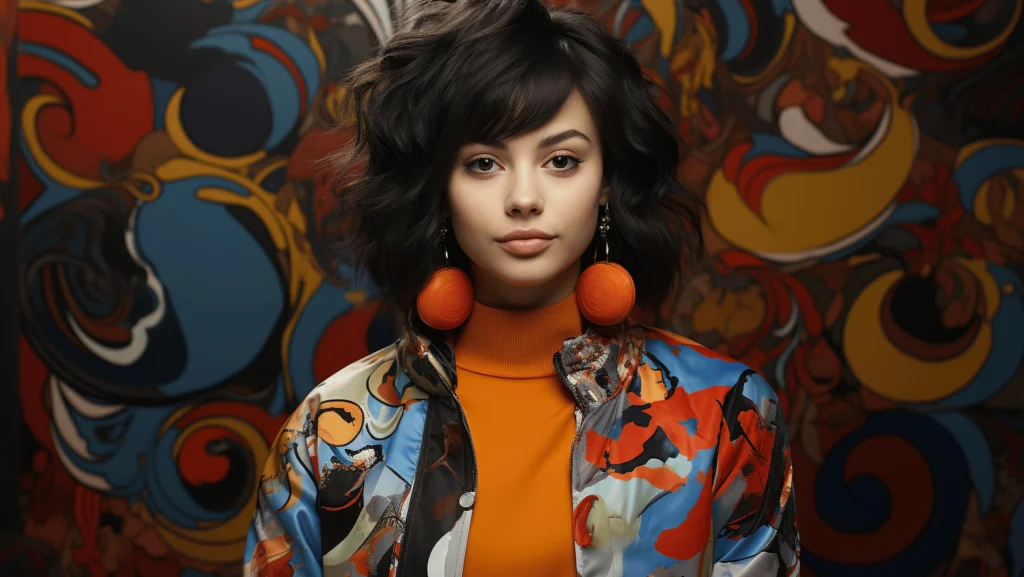Introduction: Why Color Theory Matters in Fashion
Ever stared at your closet and thought, “Nothing matches!”? The secret to effortlessly stylish outfits isn’t just about trendy pieces—it’s about color harmony. When you understand color theory, you can mix and match outfits like a pro, creating visually appealing and cohesive looks every time. Whether you’re going for bold and vibrant or subtle and elegant, mastering color combinations will transform your wardrobe.
Ready to dive into the magic of color? Let’s break it down!
Understanding the Color Wheel: Your Ultimate Fashion Guide
The color wheel is a stylist’s best friend. It helps you identify which shades work well together and which might clash. Here’s a quick breakdown:
- Primary Colors: Red, blue, and yellow—these are the base colors that can’t be created by mixing others.
- Secondary Colors: Green, orange, and purple—formed by mixing primary colors.
- Tertiary Colors: The in-between shades like teal, magenta, and chartreuse.
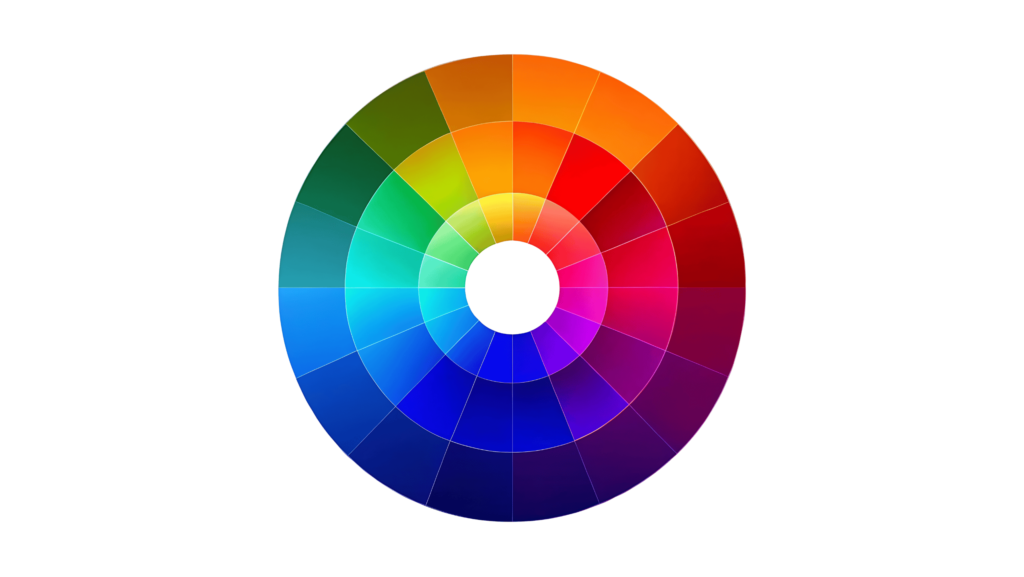
Quick Tip: Use the color wheel to find color schemes that flatter your style and enhance your look.
Foolproof Color Combinations for Stunning Outfits
Monochrome Magic (One-Color Wonder)
Want to look effortlessly chic? Stick to one color family and play with different shades, tones, and textures.
- All-white outfits = sleek and sophisticated.
- Earthy tones like beige, camel, and taupe = timeless elegance.
- Bright hues like red or cobalt blue = bold and confident.
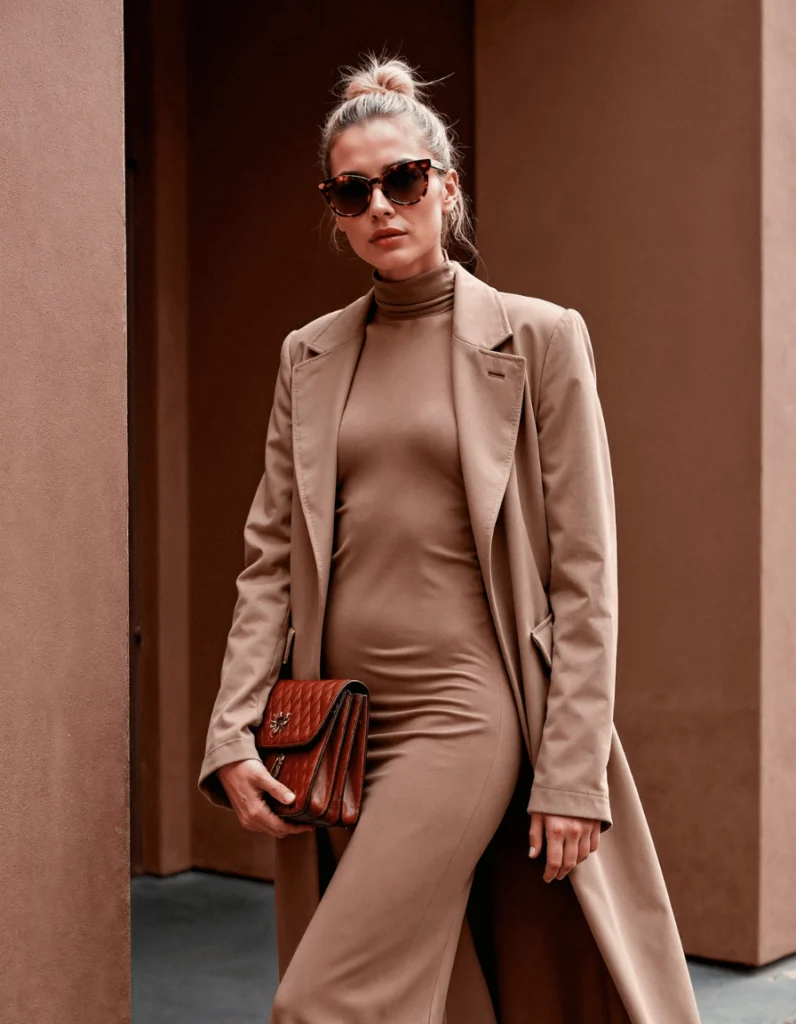
Complementary Colors (Opposites Attract)
These colors sit opposite each other on the color wheel, creating high contrast and energy.
- Blue & Orange – Sporty and fun (think denim and a burnt orange sweater).
- Purple & Yellow – Regal and eye-catching.
- Red & Green – Not just for Christmas! Try burgundy with olive green for a chic autumn vibe.
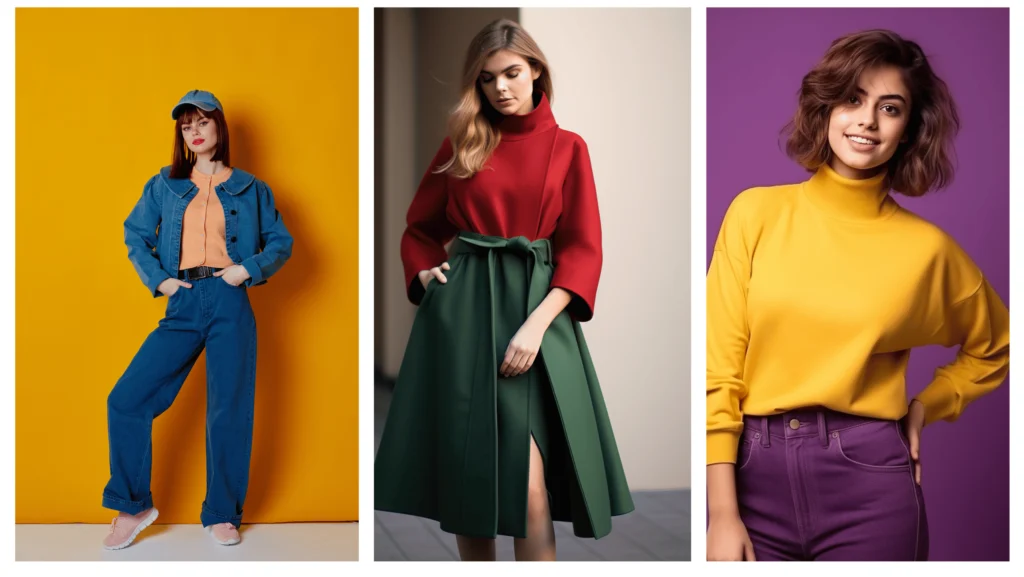
Analogous Colors (Effortlessly Coordinated)
These colors sit next to each other on the wheel and create a harmonious look.
- Pink, Red & Orange – Warm and fiery.
- Blue, Teal & Green – Cool and calming.
- Lavender, Blush & Mint – Soft and feminine.

Neutral + Pop of Color (Classic & Modern)
Love neutrals but want some excitement? Add a bold pop of color to elevate your look.
- Black & White + Red Lip – The ultimate power move.
- Beige & Cream + Emerald Green Bag – Subtle yet striking.
- Denim on Denim + Neon Heels – Unexpected and playful.
How to Choose Colors That Flatter Your Skin Tone
Step 1: Determine Your Undertone
Your skin undertone plays a huge role in which colors make you glow and which make you look washed out.
- Warm Undertones (golden, olive, yellow hues) – Look best in earthy shades like mustard, warm reds, terracotta, and olive green.
- Cool Undertones (pink, blue-ish skin) – Shine in jewel tones like sapphire, emerald, and icy pastels.
- Neutral Undertones (a mix of both) – Can rock almost anything, but classic colors like navy, taupe, and deep wine work best.
Step 2: Do the Vein Test
- Green veins? You’re warm-toned.
- Blue or purple veins? You’re cool-toned.
- Can’t tell? Congrats, you’re neutral!
Color Psychology: What Your Outfit Says About You
Color isn’t just about aesthetics—it also influences perception and mood. Here’s what your color choices might be telling the world:
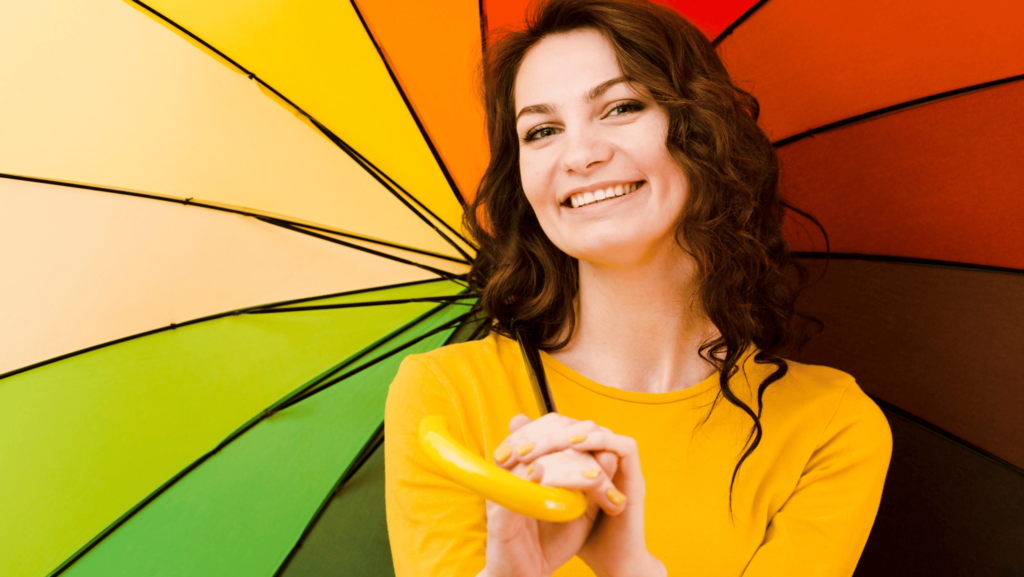
- Red – Confidence, power, and bold energy.
- Blue – Trustworthy, calm, and collected.
- Yellow – Cheerful, fun, and attention-grabbing.
- Green – Balanced, fresh, and natural.
- Purple – Mysterious, regal, and creative.
- Black – Chic, sophisticated, and a little edgy.
- White – Pure, minimal, and clean.
Tip: Want to make a statement? Rock red for a confidence boost or blue for an approachable, trustworthy vibe.
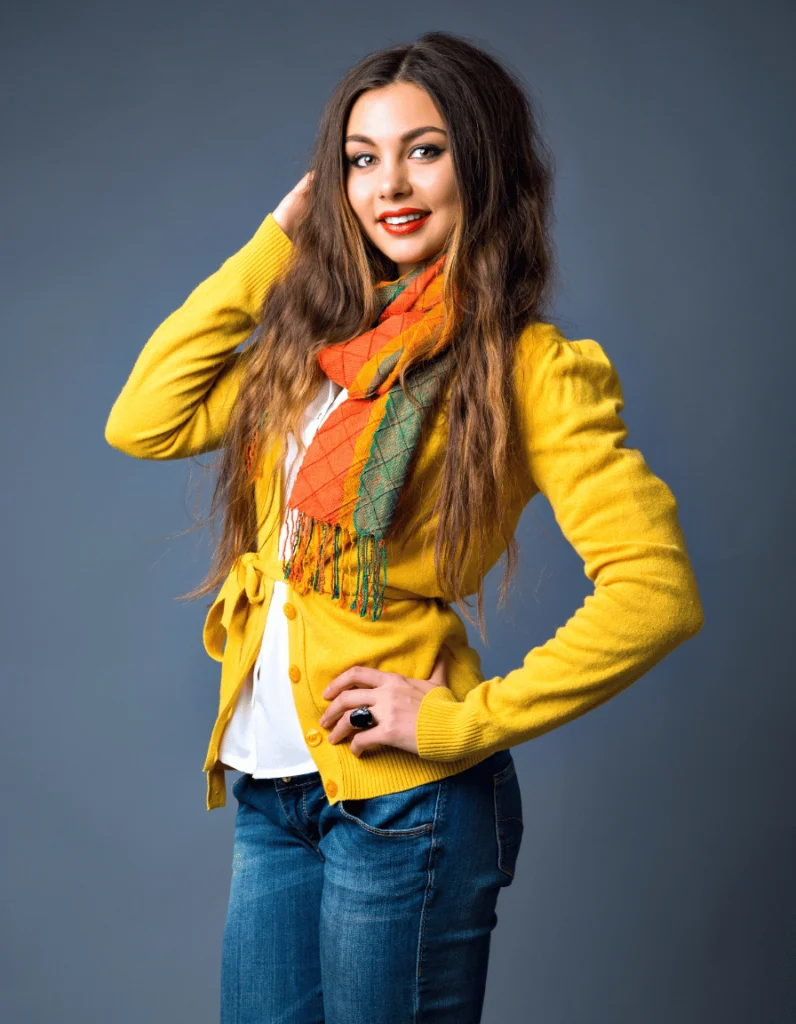
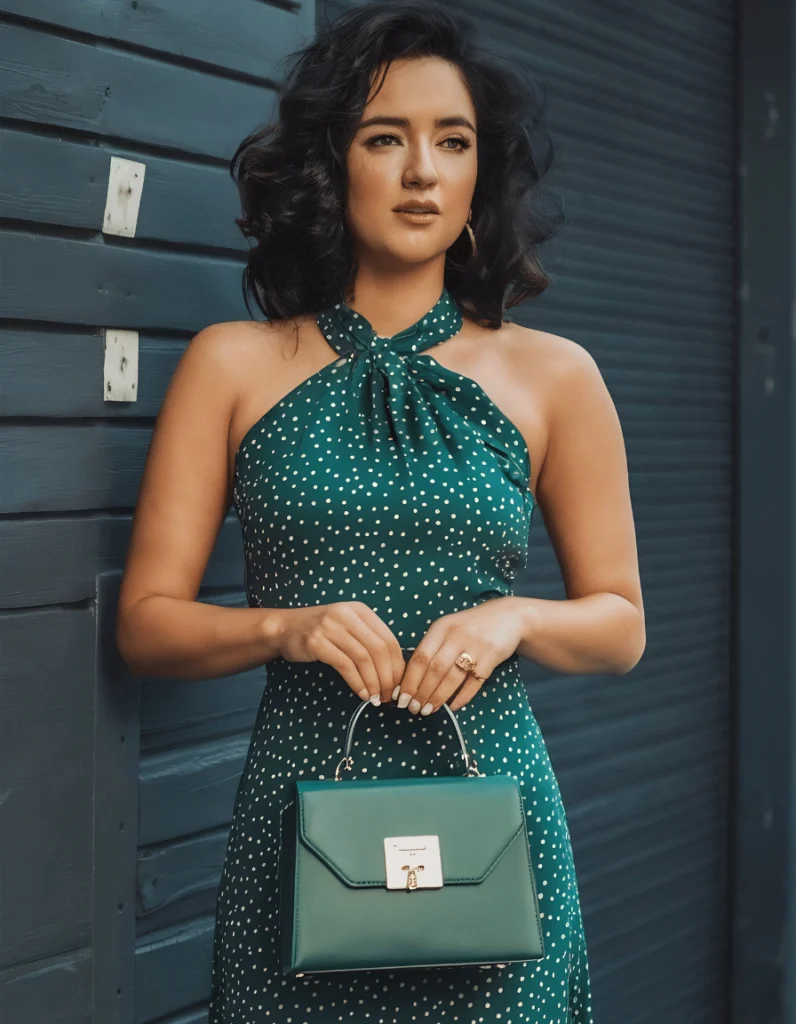
Common Color Mistakes & How to Fix Them
Even the best of us make fashion blunders. Avoid these common color mishaps:
❌ Too Many Bold Colors – If your outfit looks like a neon explosion, tone it down with neutrals.
❌ Ignoring Your Undertone – Wearing the wrong shades can make your skin look dull. Stick to colors that enhance your natural glow.
❌ Matching Too Much – Head-to-toe one color (including accessories) can feel outdated. Mix in contrasting elements.
❌ Forgetting the Occasion – Bright neon at a business meeting? Maybe not. Adapt your colors based on the event.
Conclusion: Time to Master Your Color Game
Fashion is all about self-expression, and color is your ultimate tool. Whether you love monochrome elegance, bold contrasts, or soft pastels, understanding color theory will help you build outfits with confidence.
Now, go play with colors, mix and match like a pro, and create a wardrobe that’s as vibrant as you are!
